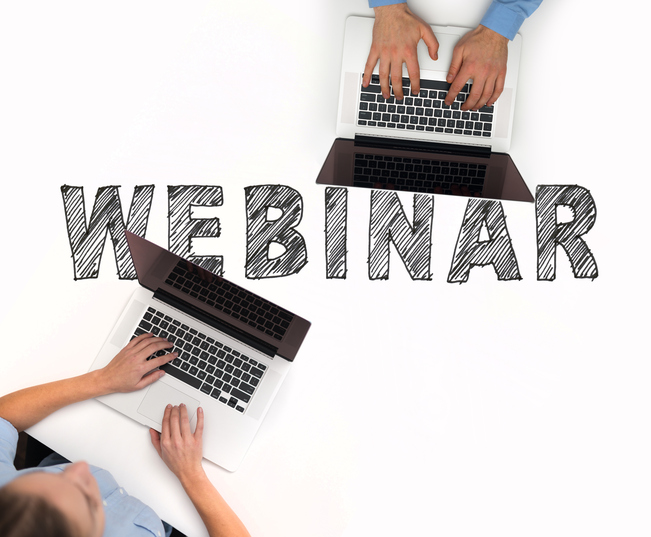
From huge multinationals to one-person shops, webinars have long been a cornerstone of how many digital-focused businesses attract and nurture leads. Done right, webinars can be some of the most interesting, informative, and useful B2B content.
Webinars are also especially good for early lead development because it’s so easy to integrate powerful calls to action into their content. After all, if someone makes it all the way to the end of a webinar, you have clear insight into their motivations and knowledge.
So, how can you establish your credibility and capture high quality leads with webinars?
Start With Your Goals in Mind
Your webinar is a one-to-many experience where your audience will share a great deal of things in common, so focus on defining those traits. The audience’s needs and expectations should shape the entire experience, from what information is included to the tone and jargon used.
Develop Your Targeted Landing Page
Every webinar needs its own targeted landing page. This, ideally, should be running well before the webinar: 30 days is a good target. Your lander should clarify the value participants should expect and communicate a sense of urgency to sign up. Videos can boost conversions here.
Run Relevant, Multi-Channel Promotions
Once your landing page launches, you have at least three ways to promote your webinar: Your social media accounts, your general email subscription list, and the list you’re building of your early sign-ups. Message your lists regularly and remind attendees to actually show up.

Choose the Right Format
There are three major formats that you can use for your webinar:
Masterclass: This focuses on imparting a small blast of actionable insight in a short time.
Demonstration: Solution-focused firms use this to show off the value of their software.
Q&A: A Q&A session can be great for strengthening bonds with your existing audience.
Plan and Rehearse
You wouldn’t go into a major presentation without planning it out and rehearsing. The same is true of your marketing webinars, even if large parts of them are scripted or recorded in advance.
A standard webinar structure you can adapt to your needs includes:
Intro: This is where you grab your audience’s attention. It takes about five minutes.
Story: An interesting story about “how you got here” humanizes your brand.
Information: The meat of your webinar should deliver on the promises your marketing made.
Offer: Your offer gets your prospects motivated to move to the next stage or make a purchase.
Q&A: If you have time, answering some questions helps you overcome objections.
Webinars are popular because they work so well. The more complex or novel an offering is, the better a webinar can fill its marketing needs. Try them today.
